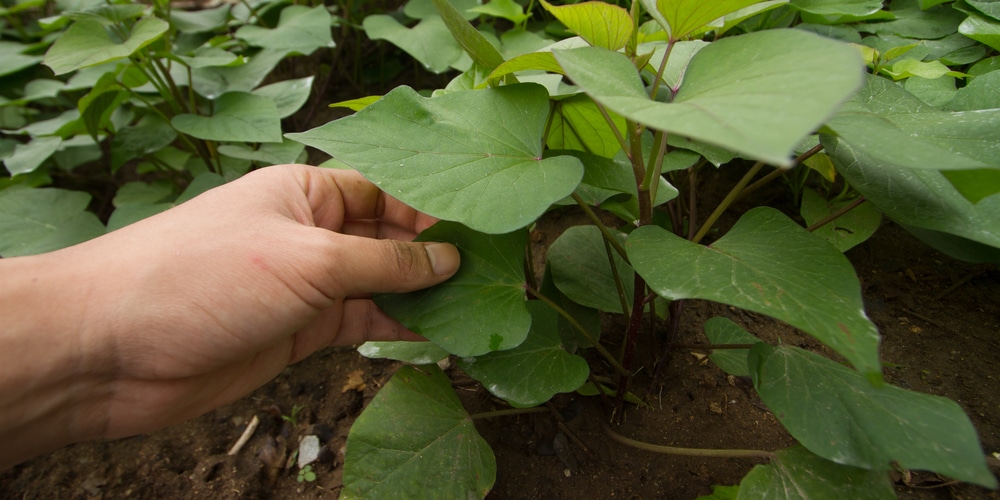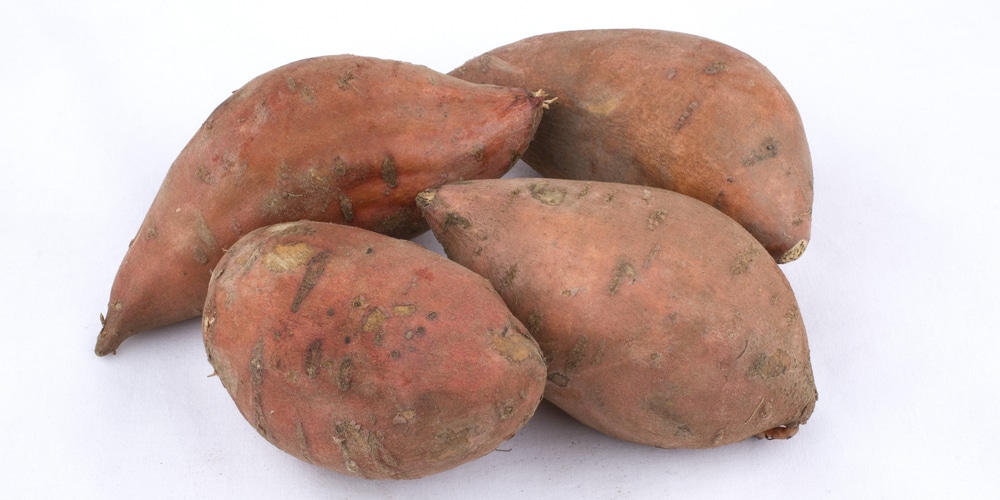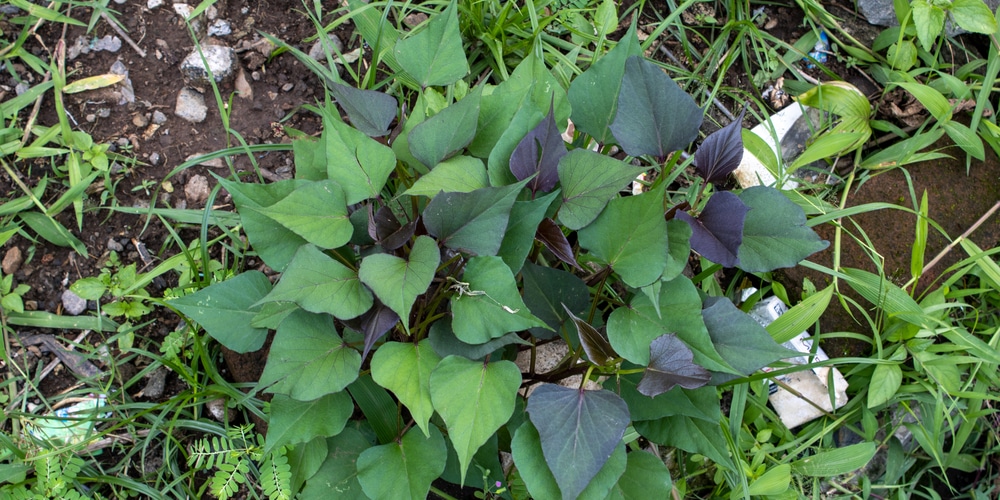Sweet potatoes grow across the globe. They are healthy as they contain plenty of beta carotene and vitamin A. The best thing is that this plant is a perennial and can remain in your garden for up to two years. It thrives in dry weather and doesn’t require much water to produce a good yield.
Texas is ranked as the 5th biggest sweet potatoes producer. You can plant sweet potatoes and enjoy a good harvest during the warm season if you live in Texas. This warm-season plant completes its cycle in one year. Let’s look at planting sweet potatoes in Texas.
How to plant your sweet potatoes

Sweet potatoes grow in various types of soils, but they tend to get deformed in clay and sandy soils. They thrive in loamy soils or enriched clay soil. To give your sweet potatoes enough space to grow and develop properly, create 10 inches high ridges with 3½ feet width.
Add compost in your sweet potatoes garden and stay away from nitrogen-based fertilizers. The latter produce lush leaves and vines but stunt the tubes. During the cold season, use plastic to cover the rows to trap warmth, promoting excellent growth.
If you are planting sweet potatoes for the first time, buy root sprouts known as slips. They are available in nurseries or mail-order suppliers. Once you plant and start doing well, get roots from your plants for the next planting season.
Put the roots in a warm box with sawdust, sand, and chopped leaves to increase warmth. Let them start there for about six weeks, and shoots will begin sprouting. Wait until they reach up to between 6 inches and 9 inches before you cut them off. Dispose of the bottom part, and your slips are ready for planting.
Sweet potatoes take between 90 and 170 days to mature. However, they are frost sensitive, and you should wait about a month to ensure the frost is over. Four weeks also give the soil plenty of time to warm up. Make 6-inch deep holes and separate them by 12 inches. Place your slips in and bury them, but the top leaves open. Press the soil firmly yet gently, and then water your sweet potatoes.
Growing sweet potatoes
After planting your sweet potatoes, mulch the plants to conserve moisture, smother weeds and loosen soil for proper root development. Handle the plants with care to ensure they are not wounded, exposing your sweet potatoes to diseases.
During the dry season, water the plants one-inch deep watering every week. Be careful not overwater; this plant withstands dry spells very well. Besides that, too much water can cause rotting in your tubers. Stop watering two weeks to harvest time. This gives the soil ample time to dry
Dealing with pests
Texas gardeners will face pest problems like other gardeners in the US. The sweet potato weevil is one of the common pests. It is has a dark blue head and wings and a red-orange body; it pokes holes on the tubers and stems from finding a good place to lay its eggs.
As their larvae develop, they eat the flesh part of the tubes while the adults eat leaves and vines of sweet potatoes. Besides destroying plants, these pests cause foot rot, creating black and brown patches on the stem ends, especially those close to the soil.
Weevils can be hard to eliminate because they multiply and spread fast. This is why you should plant certified disease-resistant slips and rotate your crops after every four years. Also, destroy all damaged crops by uprooting and disposing of them with your domestic trash.
How to harvest your sweet potatoes
First-time sweet potatoes growers should wait until the leaves turn yellowish. This means they are ready for harvesting. Leave them on the ground to mature for as long as possible to increase your yields. However, if you notice the vines have started blackening due to frost; harvest your sweet potatoes because they will begin to rot.
Harvest them on a sunny day using a spading fork. Dig around the plant; some tubers grow far from the plant. Also, be careful because nicks on the skin encourage spoilage.
Planting Sweet Potatoes in Texas: Final thoughts
After digging the sweet potatoes out, leave them exposed outside or in a well-ventilated room for a few days. This allows them to cure and lasts for a few months.
Related Article: Sweet Potato Companion Plants

